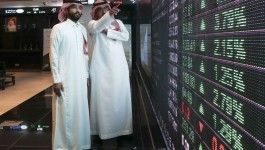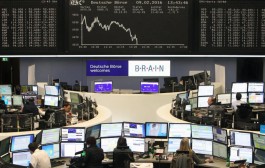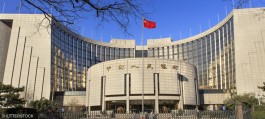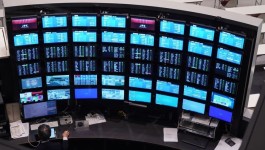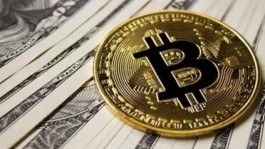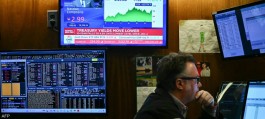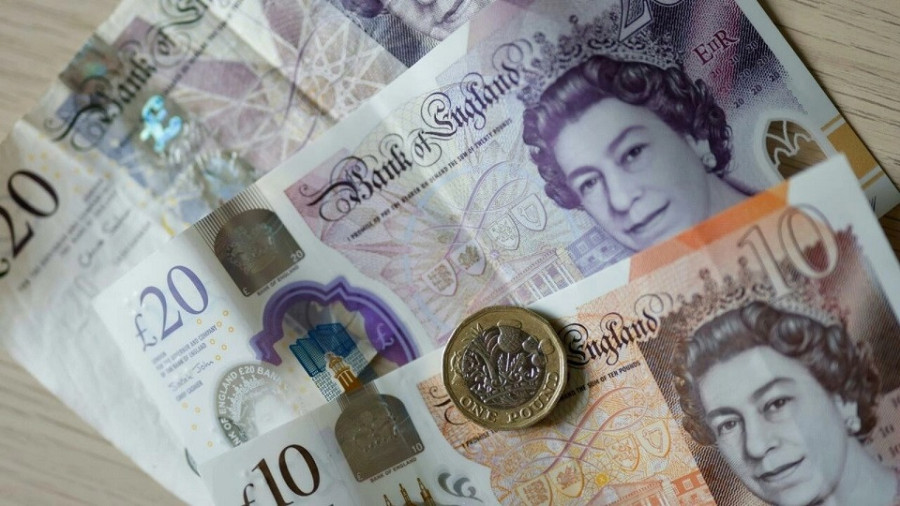The pound sterling fell in the European market on Wednesday against a basket of global currencies, deepening its losses for the second day in a row against the US dollar, hitting the lowest level in two weeks, after disappointing labor market data in the United Kingdom, which reduced the prospects for the Bank of England to raise British interest rates. at the next June meeting.
In order to re-evaluate these possibilities, investors are awaiting, later today, the speech of the Governor of the Bank of England, Andrew Bailey, at the annual conference of the British Chambers of Commerce, where it is expected that the speech will include comments about economic developments in the country and the future of interest rates.
The US currency recorded the highest level in six weeks, with the approaching solution to the debt ceiling crisis in the United States, and more hawkish comments from Federal Reserve officials, which reinforced the prospects for raising federal interest rates next June.
British pound exchange rate today
The pound fell against the dollar by 0.4% to $1.2438, the lowest since May 2, from the opening price of trading at $1.2484, and it recorded the highest level today at $1.2494.
The pound sterling ended yesterday's trading down by 0.35% against the dollar, the third loss in the last four days, due to shocking data on the British labor market.
British labor market
Data released yesterday in London showed that the unemployment rate and jobless claims rose for the second month in a row, in the latest indications of the UK economy turning into a slowdown.
This data indicates that the tightening conditions in the British labor market have begun to ease, which reduces pressure on monetary policy makers at the Bank of England, which may allow them to consider ending the current interest rate hike cycle.
Berenberg Bank chief economist Callum Pickering says the apparent downward trend in job vacancies combined with a relentless rise in unemployment should take the heat out of wages soon, especially as inflation expectations continue to decline and headline inflation eases.
British interest
Weak data from the labor market indicates that there is a peak in wage increases, especially if the unemployment rate continues to rise over the coming months, and gives evidence to those who argue that the Bank of England can now pause the cycle of rate hikes, as the number of rate hikes slows. The British interest that has already been made has not yet been fully felt in the economy.
If the Bank decides to keep interest rates unchanged next June, the British pound may come under pressure as British bond yields decline, and investors start raising bets for a rate cut at the end of the year.
Andrew Bailey
By 09:50 GMT, the Governor of the Bank of England is speaking at the annual global conference of the British Chambers of Commerce, in London, where the speech is expected to include developments in the UK economy and the future of British interest rates.
U.S. dollar
On Wednesday, the dollar index rose by 0.3%, extending its gains for the second consecutive session, hitting a six-week high of 102.87 points, reflecting the continuation of the broad rise in the levels of the US currency against a basket of major and minor currencies.
After a round of talks on Tuesday, US President Joe Biden and Republican House Speaker Kevin McCarthy are close to reaching an agreement to avoid defaulting on US debt, before the deadline for raising the $31.4 trillion debt ceiling ends by the end of this month.
Chicago Fed President Austan Goolsby said it was too early to talk about interest rate cuts, and Cleveland Fed President Loretta Mester said given the country's stubborn inflation, interest rates have not yet reached the point where the central bank can remain steady.
Those comments raised the odds of the Fed raising interest rates by 25 basis points at its June 14 meeting from 20% to 22%.
The strategist at the Commonwealth Bank of Australia, Joe Capurso, said that participants in global financial markets continue to reduce the possibility of cuts in interest rates in the near term by the Federal Open Market Committee.

















